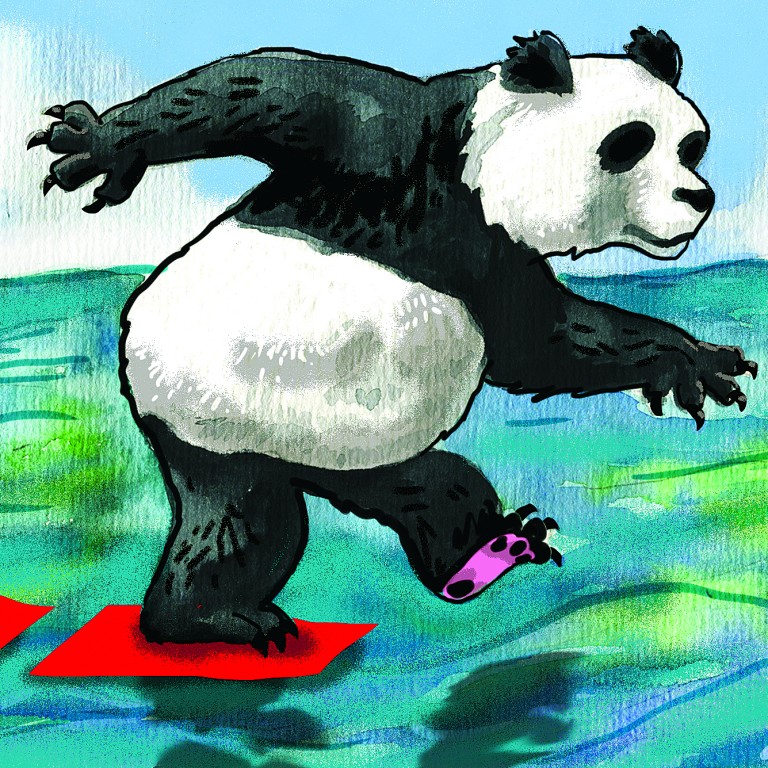
Will China’s smart strategy in the South China Sea push things one step too far?
Michal Thim says Beijing’s measured approach of making its presence felt has been effective so far, but it may yet lead rivals to join hands against it

READ MORE: Vietnam protests ‘serious violation of sovereignty’ after China deploys missile system to disputed island in South China Sea
China has an inherent advantage in challenging opponents with diverging interests. Claims made by Hanoi and Manila not only overlap with Beijing’s but also with each other. What both have in common is relative weakness vis-à-vis China, which leads them to solicit US support. However, Washington’s primary concern lies in safeguarding freedom of navigation rather than supporting dubious claims of concerned parties, even if one of them, the Philippines, is a US treaty ally.
The US responded to the Chinese island-building spree with freedom of navigation operations, which ostensibly challenge not only Chinese territorial claims. However, unsurprisingly, Hanoi and Manila do not protest against the US actions. China does protest, but it is doubtful that any number of freedom of navigation operations will make Beijing worry so much that it would reconsider its approach. If anything, these operations justify Chinese military deployment in the eyes of the Chinese people.
READ MORE: China may send anti-ship missiles to disputed South China Sea to beef up defence: analysts

The Association of Southeast Asian Nations, the region’s foremost integration project, does not cause great headaches for China, either. The interests of Vietnam and the Philippines to have Asean address Beijing’s actions in the neighbourhood are balanced by states with notoriously Beijing-leaning policies, such as Laos or Cambodia. This result is perhaps disappointing for everyone who wishes that Asean would speak with one voice, but quite understandable, considering China’s regional clout. The US-Asean Special Leaders’ Summit in Sunnylands was a great opportunity to respond to the latest development, but instead it produced yet another joint statement full of references to general principles.
Beijing’s ‘salami slicing’ is smart because it is difficult to counter. The goal is not open confrontation but the creation of a fait accompli, a situation where the escalatory step is on Beijing’s opponents
In addition to divided opponents, Beijing has adopted a well-crafted approach in making its presence seen and felt. It is typically the Chinese coastguard, and not the PLA Navy, that patrols disputed waters, supported by Chinese fishermen, acting as agents of the state. The South China Sea’s militarisation is not an end game. It is a method of choice. Beijing seeks to have infrastructure in place that allows for force projection if the situation requires it. The island building was the game changer; deployments of surface-to-air missile systems, combat jets, or mobile anti-ship missiles represent the force posturing that the newly built infrastructure enables.
In that sense, it matters little whether the artificial islands built on Fiery Cross Reef or Mischief Reef have a permanent military presence or that the new airfields do not have combat jets present at all times. The infrastructure is in place, and no one should be surprised when Beijing starts moving advanced weapons around.
READ MORE: US Navy commander denies ‘battle’ with China over disputed South China Sea

READ MORE: Deployment of missiles on a South China Sea island is about self-defence
Beijing’s “salami slicing”, pushing its claims through measures that in itself do not merit forceful reaction, but in sum transform the situation in China’s favour, is smart because it is difficult to counter. The goal is not open confrontation but the creation of a fait accompli, a situation where the escalatory step is on Beijing’s opponents. Beijing builds an island. The US reacts with freedom of navigation operations. Beijing deploys surface-to-air missiles and argues it is for protection. Thus far, it is hard to see how else the US or its partners could react, other than with more freedom of navigation operations.
So far, Beijing’s approach seems to be impeccable. So what is the catch?
For all its power posturing, China must be concerned about the results of the case submitted by Manila before the Permanent Court of Arbitration in The Hague. China will shun the ruling because it does not have any other choice after spending considerable effort to paint the tribunal’s lack of jurisdiction, equal only to Beijing’s lack of interest in abiding by any tribunal.

Beijing has been successful in dividing Asean. However, countries that are growing restless with the grouping’s toothless approach may one day cease all efforts to address regional stability via Asean and seek separate arrangements. That day could very well be the day when Beijing will waste its last chance to address the dispute by way of a peaceful legal settlement. Hanoi has already indicated a somewhat conciliatory approach vis-à-vis Manila, even though a ruling unfavourable to Beijing would have a similar impact on Vietnam’s claims. Would it still be a victory for Beijing if its push in the South China Sea were to materialise into closer security arrangements between Vietnam, Philippines, the US, and perhaps even Japan and Taiwan?
In a classic gambit move, China appears to be more than willing to sacrifice a receding positive image in exchange for the benefits of realpolitik posturing. The recent discovery of Chinese ships off Malaysian Borneo signals that Beijing may well apply its salami slicing success to new claims in the area.
Michal Thim is a Taiwan analyst at the Prague-based think tank Association for International Affairs and a member of the Centre for International Maritime Security

